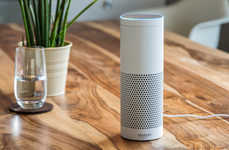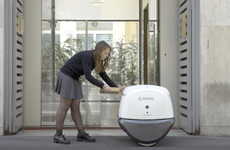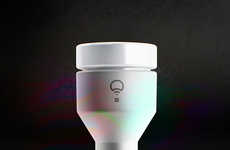



Voice Assistant technologies prioritize the removal of barriers
Trend - Assistive voice technologies are increasingly being designed with accessibility in mind—whether that’s related to helping people with disabilities, or reducing costs. This shift comes as brands prioritize inclusive design to remove barriers and accommodate as many consumer needs as possible.
Insight - As technology continues to advance at an unprecedented rate, consumer expectations of the barriers it can help close are accelerating as well. Despite the fact that technology has negatively impacted the lives and routines of many people, this more hopeful side of technology is something that consumers can feel genuinely positively about.
Insight - As technology continues to advance at an unprecedented rate, consumer expectations of the barriers it can help close are accelerating as well. Despite the fact that technology has negatively impacted the lives and routines of many people, this more hopeful side of technology is something that consumers can feel genuinely positively about.
Workshop Question - How could your brand better prioritize inclusive design?
Trend Themes
1. Inclusive Design - Assistive voice technologies are increasingly being designed with accessibility in mind, prioritizing the removal of barriers and accommodating as many consumer needs as possible.
2. Tailored AI Solutions - Businesses are turning to AI-powered solutions to offer individuals tailored and efficient opportunities to receive health care, navigate medical journeys and receive support for day-to-day tasks.
3. Personalization and Ease of Use - Smart assistant developers are reworking apps to be more user-friendly, offer a more customizable experience and emphasize personalization.
Industry Implications
1. Healthcare - By implementing AI and wearable technology within existing healthcare systems, healthcare professionals can offer more personalized care and a tailored approach to patients needs.
2. Home Automation - As the price of smart home tech decreases, and tech companies focus on inclusivity and ease of use, the ability to automate and personalize the home experience is becoming increasingly accessible.
3. Voice Technology - With the rise of voice-activated smart assistants, there is an increasing need for voice technology professionals to create products that work seamlessly, effectively and inclusively to improve consumer experiences.























































